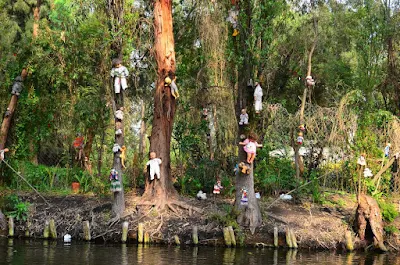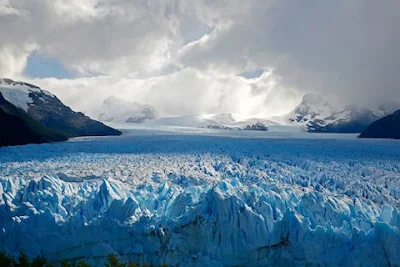The Cordillera Paine is a mountain group in Torres del Paine National Park in Chilean Patagonia. It is located 280 km (170 mi) north of Punta Arenas, and about 1,960 km south of the Chilean capital Santiago. It belongs to the Commune of Torres del Painein Última Esperanza Province of Magallanes and Antártica Chilena Region. No accurate surveys have been published, and published elevations have been claimed to be seriously inflated, so most of the elevations given on this page are approximate. Paine means "blue" in the native Tehuelche language and is pronounced PIE-nay.
The highest summit of the range is Cerro Paine Grande. For a long time its elevation was claimed to be 3,050 m or 3,251 m, but in August 2011 it was ascended for the third time, measured using GPS and found to be 2,884 m.
The three Towers of Paine form the centerpiece of Parque National Torres del Paine. The South Tower of Paine is about 2,500 m in elevation, is now thought to be the highest of the three, although this has not been definitely established. It was first climbed by Armando Aste. The Central Tower was first climbed in 1963 by Chris Bonington and Don Whillans. In 2017, three Belgian climbers, Nico Favresse, Siebe Vanhee and Sean Villanueva O'Driscoll, made the first free ascent up the rock face. The North Tower (about 2,260 m in elevation) was first climbed by Guido Monzino.
Other summits include the Cuerno Principal, about 2,100 m in elevation, and Cerro Paine Chico, which is usually quoted at about 2,650 m.
The range is made up of a yellowish granite underlain by grey gabbro-diorite laccolith and the sedimentary rocks it intrudes, deeply eroded by glaciers. The steep, light colored faces are eroded from the tougher, vertically jointed granitic rocks, while the foothills and dark cap rocks are the sedimentary country rock, in this case flysch deposited in the Cretaceous and later folded.
The Torres del Paine National Park an area of 2,400 km was declared a Biosphere Reserve by the UNESCO in 1978 and receives about 250,000 visitors annually. Trails and some campsites are maintained by Chile's National Forest Corporation, and mountain huts provide shelter and basic services.






























































